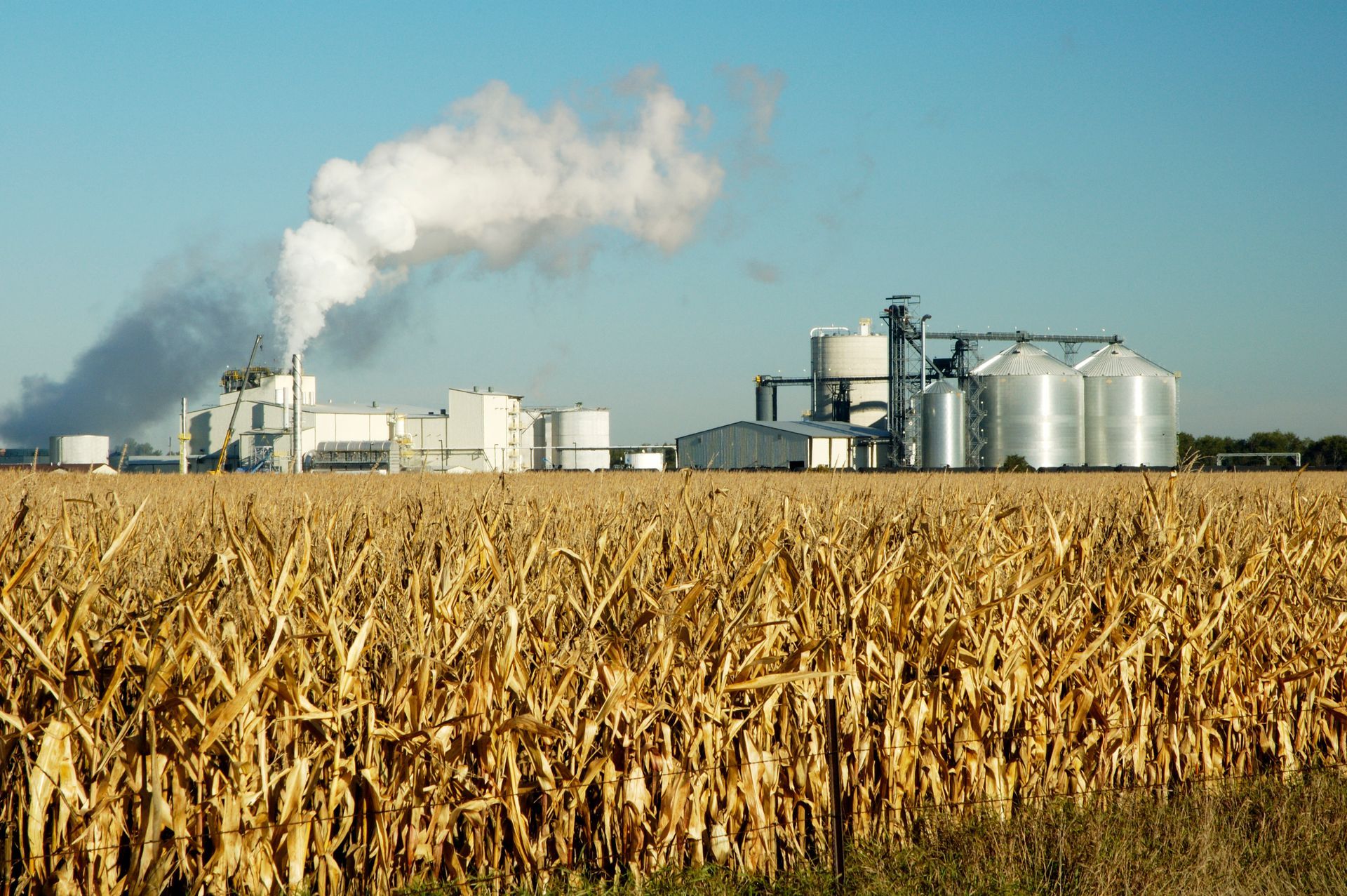Carbon Intensity: Time to Get Educated
John Wooden said,“When opportunity comes, it's too late to prepare.”
Well, folks, opportunity is on its way, so you better start preparing for it now. When it comes to carbon intensity scoring, it sounds political and controversial, but it’s business. Carbon intensity scoring was derived from the Inflation Reduction Act of August 2022 in an effort to reduce greenhouse gas pollution and increase carbon storage in soils and trees. It’s time to get educated on this matter to understand how it will affect your current and future production strategy.
While it may seem that ethanol plants are driving this, they are not. It is actually being driven by the food industry. The future is this: just like today, when you see non-GMO, cage-free, and free-range stickers on food packaging, the future will have CI scores on that packaging as well. Current generations, including millennials and GenZ, share a much
higher affinity for sustainable food practices than GenX and the Baby Boomer generation.

So what is carbon intensity?
Carbon Intensity (CI) is a measure of the carbon-based emissions it takes to produce something. In this case, it is the amount of energy in a single bushel of grain. The more it takes, the higher the carbon intensity. This is a score generated using the GREET model. These scores are assigned to bushels of grain and measured in grams of greenhouse gases per megaJoule of ethanol energy. Looking for more information? Mitchell Hora does a great job breaking it down on the TopSoil Podcast.
Currently, the standard CI score for corn is 29.1g GHG/MJ. This means that if you haven't had your fields CI certified for a different score, the current score on them is 29.1. This is a national average, and potentially, your fields could have a lower (and more desirable) score, just based on the practices you are currently using for production. For example, bushels with a CI score of 0.0 are considered carbon neutral.
What is the incentive for farmers?
Starting for biofuel produced on or after January 1, 2025, a value will be provided to CI-certified grains entering the ethanol plants. Ethanol plants that bring in grains with lower CI scores will receive considerable tax credits. So what’s in it for producers? Moving forward, these premiums (potentially more than 50% of the credit) would be shared with producers, encouraging them to implement practices that will lower their overall carbon emissions. This puts farmers in the driver’s seat, maintaining an equity between risk and reward.
Through the Inflation Reduction Act, CI scores have now been assigned a value. Farmers will be able to turn their farm data into money by connecting it to how much their farms produce. This is not considered “just another carbon program”. There are no commitments, and farmers are getting paid based on their current farming practices.
How do I lower my CI score?
Why settle for average? With the national average CI score sitting at 29.1, you might already have a lower score without changing your current practices.
Some of these practices include:
- Planting a cover crop
- Having overall higher yields
- Implementing reduced-till or no-till practices
- Applying manure
- Reduction - fertilizer, fuel, etc
In order for your score to be technically lowered and receive higher premiums, you must get a
CI-certified score.
What if we told you there was a way to get a lower CI score by using
less fertilizer and not spending any extra money? Well, there is. It's called
nutrient solubility. You have the fertilizer in your soil, but the nutrients
need to be unlocked. We can do this
through the use of biologicals.
